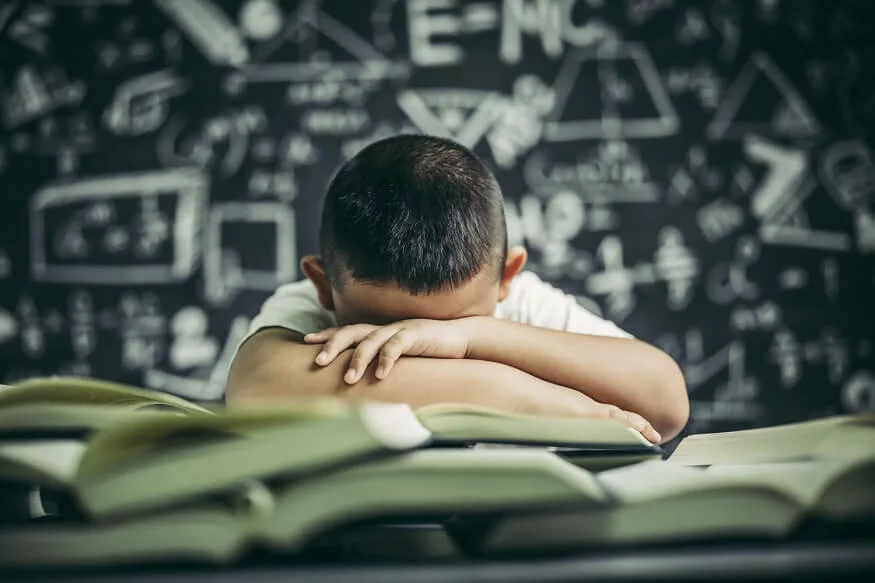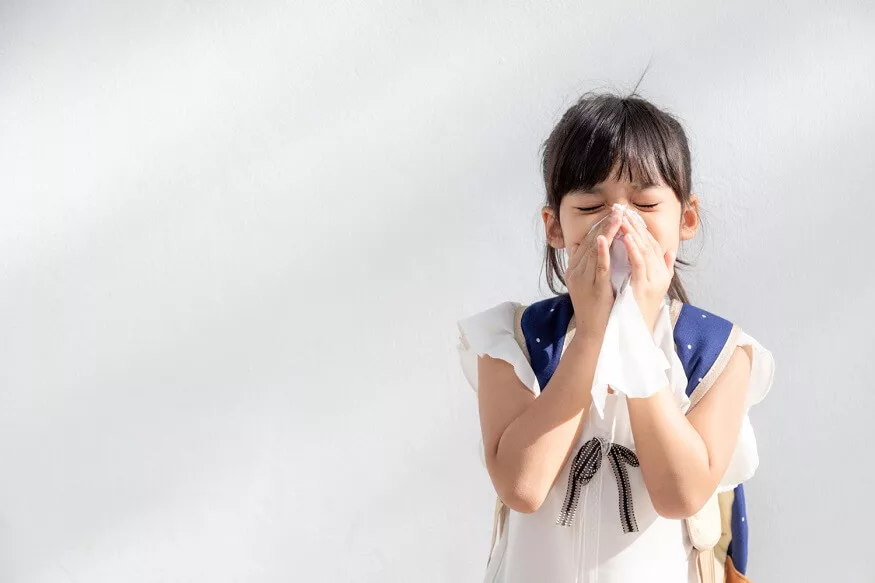The journey from childhood to adolescence encompasses distinct phases, each marked by unique challenges, triumphs, and growth opportunities. In this article, we delve into the captivating realms of tweens, preteens, and teens—terms that have become commonplace in discussions about the evolving landscape of youth development.
What is a Preteen?
The term “preteen” refers to a stage in human development that bridges the gap between childhood and adolescence. Preteens typically fall within the age range of 9 to 12 years old, representing the years just before entering the teenage phase. This period is marked by significant physical, emotional, and social changes, laying the groundwork for the challenges and experiences of adolescence.
Physically, they may undergo growth spurts, with some experiencing the onset of puberty. Emotionally, preteens may grapple with a range of feelings and a growing sense of independence. Socially, friendships become more nuanced, and they may begin to explore interests and hobbies that reflect their evolving personalities.
What is a Teen?
The term “teen” is a colloquial abbreviation for “teenager,” referring to individuals in the age range of 13 to 19 years old. Physically, teenagers undergo puberty, a process marked by hormonal changes that result in the development of secondary sexual characteristics. This period is often accompanied by growth spurts, changes in body composition, and the onset of menstruation for girls. Emotionally, teenagers grapple with a roller coaster of feelings as they strive to understand their identities and formulate beliefs, values, and aspirations.
Socially, teenagers explore their place in the world, seeking connections with peers and developing romantic interests. The teenage years are characterised by a quest for autonomy and a desire to establish a sense of individuality. This stage also involves the exploration of various interests, hobbies, and potential career paths, as teenagers begin to envision their futures.
Also Read: Are You Over-Helping Your College-Bound Teen?
What is a Tween?
The term “tween” is a relatively modern colloquialism derived from the combination of “between” and “teen,” representing the age group between childhood and adolescence. Tweens typically encompass the age range of 10 to 12 years old, marking the transitional phase before officially entering the teenage years. This period is characterised by a blend of childlike innocence and emerging adolescent traits.
Physically, tweens may experience the early stages of puberty, with some individuals undergoing growth spurts and subtle changes in body composition. Emotionally, tweens navigate the complexities of self-discovery, forming their unique personalities and interests. Socially, friendships become increasingly important, and tweens may start to seek independence while still relying on parental guidance.
Also Read: CBT for Kids & Teens: How It Works, Examples, & Effectiveness
Difference Between Tween, Preteen, and Teen
Physical Development
- Tween:
- Preteen:
- Teen:
Tweens experience the early stages of physical development, with some undergoing growth spurts and subtle changes associated with the onset of puberty.
Physical changes become more noticeable, with some preteens entering puberty and experiencing growth spurts, changes in body composition, and other signs of maturation.
Teenagers undergo significant physical changes during puberty, including the development of secondary sexual characteristics, growth spurts, and hormonal fluctuations.
Emotional Development
- Tween:
- Preteen:
- Teen:
Emotionally, tweens navigate the initial stages of self-discovery, forming the building blocks of their unique personalities and emotional resilience.
Preteens grapple with a broader range of emotions as they delve deeper into self-exploration, facing the challenges of adolescence with increasing emotional complexity.
Teenagers experience a rollercoaster of emotions as they strive to understand their identities, beliefs, and values, facing the emotional turbulence associated with adolescence.
Also Read: Parenting tips on how to raise for 13-18 Year Old Teenagers
Social Development
- Tween:
- Preteen:
- Teen:
- Tween:
- Preteen:
- Teen:
Socially, tweens begin to place a growing emphasis on friendships and may seek more independence while still relying on parental guidance.
Preteens navigate the intricacies of forming more complex friendships and social connections, establishing a sense of identity within their peer groups.
Teenagers explore their place in the world, forming deeper connections with peers, exploring romantic interests, and seeking greater independence as they establish their individuality.
Parental Involvement
Parenting tweens involves acknowledging their increasing need for autonomy while providing a supportive and structured environment that encourages responsible decision-making.
Parents of preteens find themselves in a delicate balancing act, offering guidance and support while respecting their child’s growing independence and individuality.
Parenting teenagers requires adaptability, patience, and effective communication, as parents navigate the challenges of adolescence, providing support while allowing room for independence.
Also Read: Helping your teenager to manage a meltdown: Dos and don’ts
Identity Formation
- Tween:
- Preteen:
- Teen:
- Tween:
- Preteen:
- Teen:
Tweens embark on the journey of identity formation, exploring different aspects of their personality, interests, and values. While they may have a developing sense of self, tweens are still in the early stages of understanding who they are and where they fit in the world.
Identity formation becomes more pronounced during the preteen years, with individuals starting to solidify their self-concept and establish a clearer sense of identity. Preteens may begin to express preferences for certain styles, hobbies, and activities that align with their emerging identities.
The teenage years are a critical period for identity development, as teenagers actively seek to define themselves. This involves the exploration of personal values, beliefs, and cultural identity. Teens may experiment with different personas as they strive to establish a coherent sense of self.
Peer Influence and Social Pressure
During the tween years, peer influence becomes more significant, and individuals may start to conform to certain social norms or trends. While parental influence remains crucial, tweens begin to place a higher value on the opinions and acceptance of their peer group.
Social pressure intensifies in the preteen years, as individuals become more attuned to societal expectations and the desire for peer acceptance. Preteens may experience challenges related to fitting in, navigating social hierarchies, and managing peer relationships.
Peer influence and social dynamics play a central role in the lives of teenagers. The need for acceptance and belonging becomes more pronounced, and teenagers may face increased social pressure to conform to societal standards. Balancing the influence of peers with individual values becomes a crucial aspect of adolescent development.
Also Read: Parenting tips on how to raise 6-12 Year Old Kids
EuroSchool navigates these transitional periods of students with empathy, communication, and support and sets the foundation for healthy and positive adolescent development.










